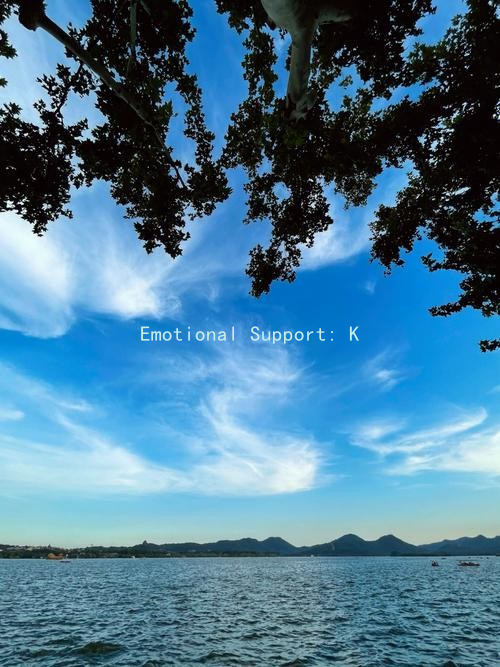Enhancing Romantic Connections: Discussing Vaginal Discharge Openly
Enhancing Romantic Connections: Discussing Vaginal Discharge Openly
In the realm of romantic relationships, communication is often regarded as the keystone of connection. However, certain topics remain shrouded in silence due to embarrassment or fear of judgment. One such topic is vaginal discharge, a natural yet frequently stigmatized aspect of female health. Addressing this topic openly can foster a deeper understanding and intimacy between partners, ultimately strengthening their bond.
To begin with, its essential to recognize that vaginal discharge is a normal biological function. It serves multiple purposes, including maintaining vaginal hygiene, providing lubrication, and protecting against infections. However, it can also vary significantly throughout a woman’s menstrual cycle, influenced by hormonal fluctuations. Therefore, understanding its normalcy is crucial for both partners.
Initiating a conversation about vaginal discharge requires sensitivity and tact. Here are some tips for approaching this topic effectively:
1. Choose the Right Moment: Timing is everything when discussing sensitive subjects. Aim for a private and relaxed setting where both partners feel comfortable. This could be during a quiet evening at home or while enjoying a walk together. The goal is to create an atmosphere conducive to open dialogue.
2. Express Curiosity Rather than Concern: Frame the conversation as an opportunity to learn rather than an indication of something being wrong. You might start by expressing your interest in understanding more about female health. Phrasing like, “I read something interesting about how vaginal discharge changes throughout the month. Can we talk about that?” can open the door without causing discomfort.

3. Be Honest and Vulnerable: If your partner has mentioned discharge in passing, use that as a springboard to deepen the discussion. Sharing your own thoughts and feelings can make the conversation feel more like a partnership. For example, you could say, “I sometimes think about how we can support each other in our health. How do you feel about discussing vaginal health together?”
4. Listen Actively: Once the conversation begins, listen empathetically. This subject might bring up various emotions, including embarrassment or insecurity. Acknowledge your partner’s feelings and ensure that they know you are a supportive ally. Phrases like, “It’s completely normal to feel that way; I appreciate you sharing with me,” can show your commitment to open communication.
5. Educate Together: Use this opportunity not only to discuss feelings but also to share knowledge. Consider researching together through reputable sources or consulting a healthcare professional. This joint effort can provide clarity and further normalize the conversation, allowing for a shared understanding of what is considered healthy.
6. Reassure and Comfort: Finally, it’s important to reaffirm that your attraction and love do not waver based on natural bodily functions. You might say, “I want you to know that I find you beautiful just as you are. Your health is important to me, and I appreciate you trusting me with this part of your life.” Such reassurances can foster a deeper sense of security within the relationship.
In conclusion, discussing vaginal discharge openly can be a powerful way to enhance intimacy and connection in a romantic relationship. By fostering an environment of understanding, empathy, and shared learning, partners can break down barriers of embarrassment and stigma. Ultimately, such discussions not only contribute to better health awareness but also pave the way for a more profound and caring relationship. Openness about bodies, health, and emotions can lead to more significant bonds and a healthier partnership, enriching both individuals involved.





